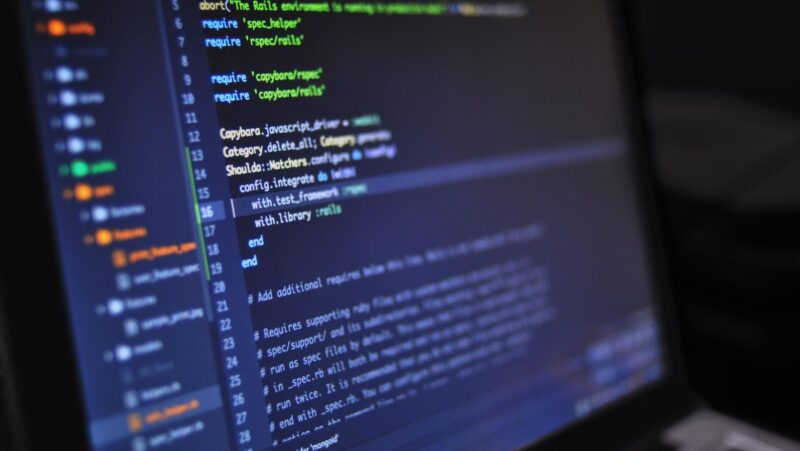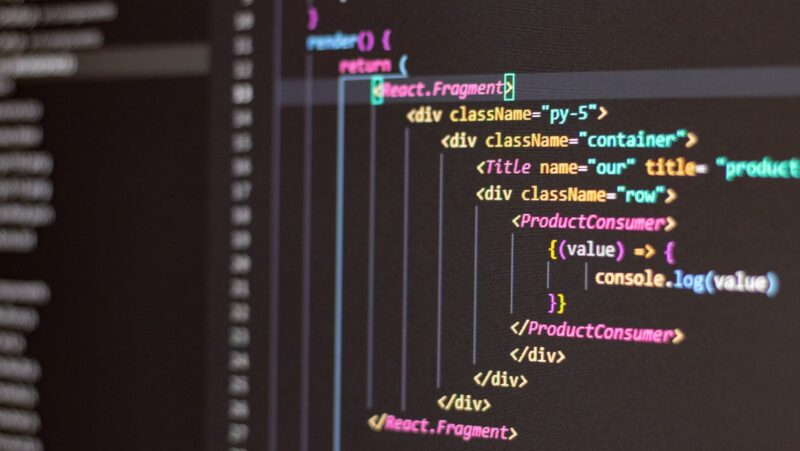 Experiencing a software update paused notification can be a common, yet frustrating, event. It’s an issue that’s not only puzzling but can also disrupt the smooth operation of your device. But what causes these pauses, and more importantly, how can they be resolved?
Experiencing a software update paused notification can be a common, yet frustrating, event. It’s an issue that’s not only puzzling but can also disrupt the smooth operation of your device. But what causes these pauses, and more importantly, how can they be resolved?
In the digital world, updates are a constant. They’re crucial for the performance, security, and functionality of our devices. However, when these updates are interrupted, it can lead to a host of issues. This article aims to shed light on the reasons behind these unexpected pauses and provide practical solutions.
So, if you’re tired of seeing that pesky software update paused message, you’re in the right place. Let’s dive into the world of software updates and unpause the progress.
Software Update Paused
Digging into the core of the problem, it’s important to analyze the possible causes and impacts of the Software update paused notification. This insightful understanding promotes wise decision-making and helps reduce future instances of the mentioned hindrance.
Reasons Behind the Pause
Predominant causes of software update pauses include – loss of internet connection, insufficient storage space, or a disruption in the device’s power supply.
- Loss of internet connection: An update process requires a constant internet connection. A weak or sloppy network condition often results in a pause in this process.
- Insufficient storage space: Devices demand certain free space to accommodate the update. When the storage space is limited, the software update pauses automatically.
- Disruption in power supply: A stable power source is mandatory for the update process. Any inconsistency in the same may lead to an abrupt pause.
Being vigilant of these factors, future software updates can be tackled more efficiently.
Impacts on Device Performance
Pauses in the software update process imprints a considerable effect on device performance.
- Outdated software: If an update pauses midway, the software remains outdated. The old version might be susceptible to bugs or loopholes.
- Increased vulnerability: Outdated software often tends to have security risks, making the device prone to cyber attacks.
- Performance Issues: Updates often include performance enhancements. Thus, a pause might lead to missing these improvements, negatively affecting the device’s overall performance.
In light of these impacts, it becomes even more critical to avoid unexpected pauses during software updates.
Common Triggers for Paused Software Updates
In the realm of digital technology, interruptions in software updates garner attention due to their potential to hamper device performance. Pinpointing common triggers for these instances of ‘software update paused’ notifications becomes indispensable.
Network Issues
Unstable or lost internet connections often serve as primary culprits for paused software updates. Interruption in broadband connectivity disrupts the process of downloading and installing updates, which triggers the system to pause the update until a stable connection gets re-established. Instances of this can be seen frequently in places with frequent internet blackouts or weak Wi-Fi signals. Moreover, switching from one network to another in the middle of an update process also triggers the system to pause the update.
Insufficient Device Storage
 Another significant trigger for paused software updates is insufficient device storage. Computing devices require requisite space to download and install software updates. If a device lacks sufficient storage, it’s unable to download the required update files, causing the system to pause the update. Examples of this can be seen in outdated devices that still operate on limited storage capacities or where the device’s storage is clogged with unnecessary or redundant data files. Thus, ensuring adequate free storage space before commencing an update process reduces the possibility of experiencing a ‘software update paused’ notification.
Another significant trigger for paused software updates is insufficient device storage. Computing devices require requisite space to download and install software updates. If a device lacks sufficient storage, it’s unable to download the required update files, causing the system to pause the update. Examples of this can be seen in outdated devices that still operate on limited storage capacities or where the device’s storage is clogged with unnecessary or redundant data files. Thus, ensuring adequate free storage space before commencing an update process reduces the possibility of experiencing a ‘software update paused’ notification.
How to Resume a Paused Update
Resuming obstructed updates demands assessing and rectifying the elements causing the break. Firstly, checking the objective device’s internet connection sounds like the most plausible first step. Before proceeding, ensure the device is connected to a stable internet source. Secondly, verifying the device’s storage capacity carries equal weight in this process. Should there be a lack of available storage space, freeing up some area by deleting unnecessary files or apps will prove valuable. Lastly, ensuring a continuous power supply is instrumental especially during larger updates that draw more power.